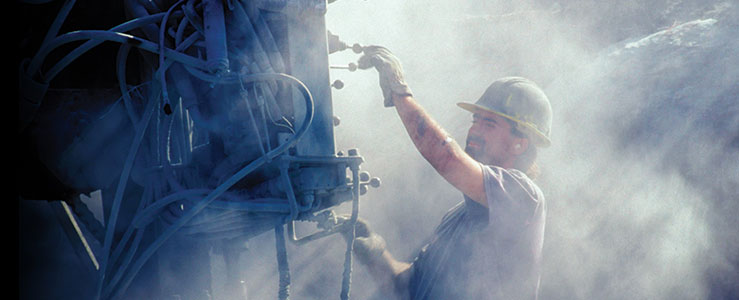
Industry Pushback
Since the announcement, leading organizations within the masonry, concrete and other industries involved in the production, installation and use of silica containing products have voiced severe opposition to the rule. There are several reasons for the opposition including the feasibility of implementing the required engineering controls, the costs associated with these controls, the required medical testing and screening and the impact the new regulations will have on small businesses.
The new rule places an emphasis on the use of engineering controls when addressing silica exposure issues. Engineering controls refers to methods which permanently address and eliminate a hazard. As it relates to silica exposure, the two preferred engineering controls are the use of wet method for cutting, grinding or polishing silica containing materials or the use of vacuum systems. Both of these methods remove the exposure and eliminate the need for personal protective equipment. Unfortunately, there are costs associated with implementing these controls in a construction setting. Even higher costs are tied to the use of respiratory protection including medical testing, respirator selection and purchase, training, etc. It is these costs that the industry refers to. Another valid concern is the fact that OSHA has not been very proficient in enforcing the previous requirements and the industry in general questions whether the agency will fall back into the same pattern of non-enforcement after employers have invested in meeting the new requirements.
What You Should Do
Although the industry pushback is strong, no legal actions have been filed at the time of this writing; however, it is still possible for court challenges to occur. Until then, employers affected by the rule should begin evaluating their scopes of work in preparation for full implementation slated for June 23, 2017. Some of the initial actions include developing a Silica Control Plan that identifies specific activities that create an exposure, what the exposure levels are and what control methods are available. The program must include details on PPE selection, medical testing and employee training.
For more information or to have your current program assessed, contact CORE Safety Group.